Samsung Galaxy S25 Plus review: the unsung hero?
Has Samsung added enough to make the Galaxy S25 Plus appeal?
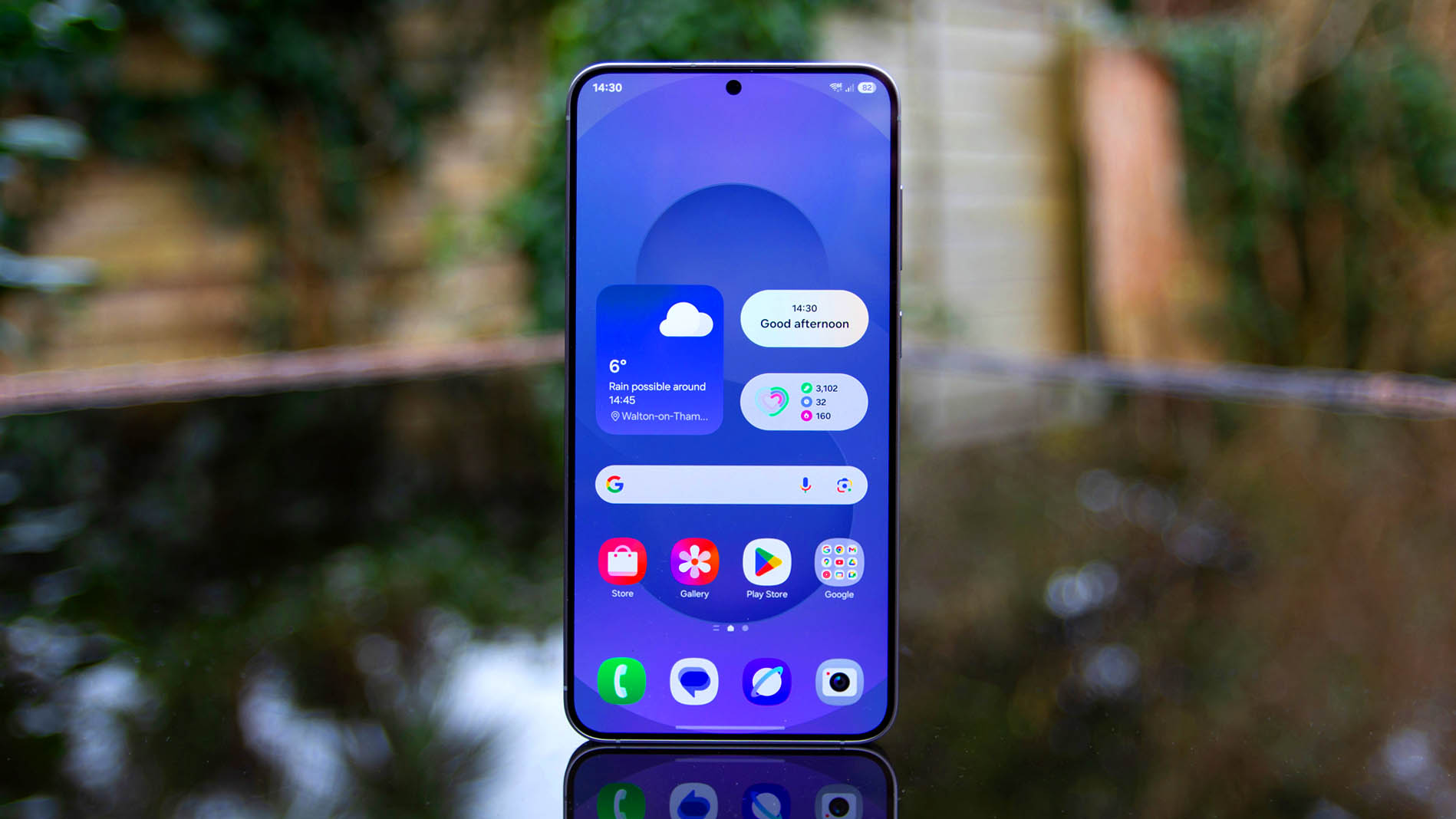
The Samsung Galaxy S25 Plus doesn't make huge changes compared to its S24 Plus predecessor. The design is refined rather than re-thought, the camera is much the same, and the experience from a software point of view is similar too. But there's loads of power, good battery life, great results from the camera and a solid software update path – so think of it in isolation and it's a great phone, just not an ideal upgrade for users of the most recent Plus predecessor.
-
+
Slick software with 7 years of updates
-
+
Still a great-looking phone
-
+
Great performance
-
-
Headline Galaxy AI features aren’t that exciting
-
-
It’s not much different to the S24 Plus
Why you can trust T3

As regular as clockwork, Samsung has launched its 2025 flagship phones trio, fronted by the Galaxy S25 Ultra. Beneath the big boss is this model on review, the Galaxy S25 Plus, acting as the middleman above the smaller-scale base S25 model.
Samsung has maintained its grip on the smartphone market: it’s still the brand that many in the Android space turn to, with the Galaxy S the defacto rival to Apple’s best iPhone models. At the same time, Samsung’s close relationship with both Qualcomm and Google brings some advantages, with custom hardware and the first to debut some Google features too.
As we’ll see though, Samsung’s focus is on AI features rather than big hardware changes. So while the Ultra flexes its top-tier muscle, how does the Plus translate among today's line-up of the best Android phones – and is there enough positive extra?
How much does the S25 Plus cost?
Samsung’s Galaxy S25 devices are now available to buy. It starts at £999 / $999 / AU$1699 for the 256GB variant. That sees the 2025 mode at the same launch price as the Galaxy S24 Plus was upon launch last year, avoiding inflationary pressures.
As in previous years, Samsung offers a set of colours to networks, while keeping a selection of colours as exclusive options for those who buy direct. If you are in the market for a SIM-free device, then buying direct also has the benefit of generous trade-in options that can save you some cash when you hand in your old phone.
The Samsung Galaxy S25 Plus matches the price of the Google Pixel 9 Pro and the OnePlus 13, so there’s a lot of competition in this space.
Galaxy S25 Plus: What's New?
- Snapdragon 8 Elite for Galaxy hardware
- One UI 7 with new AI features
- Minor design tweaks
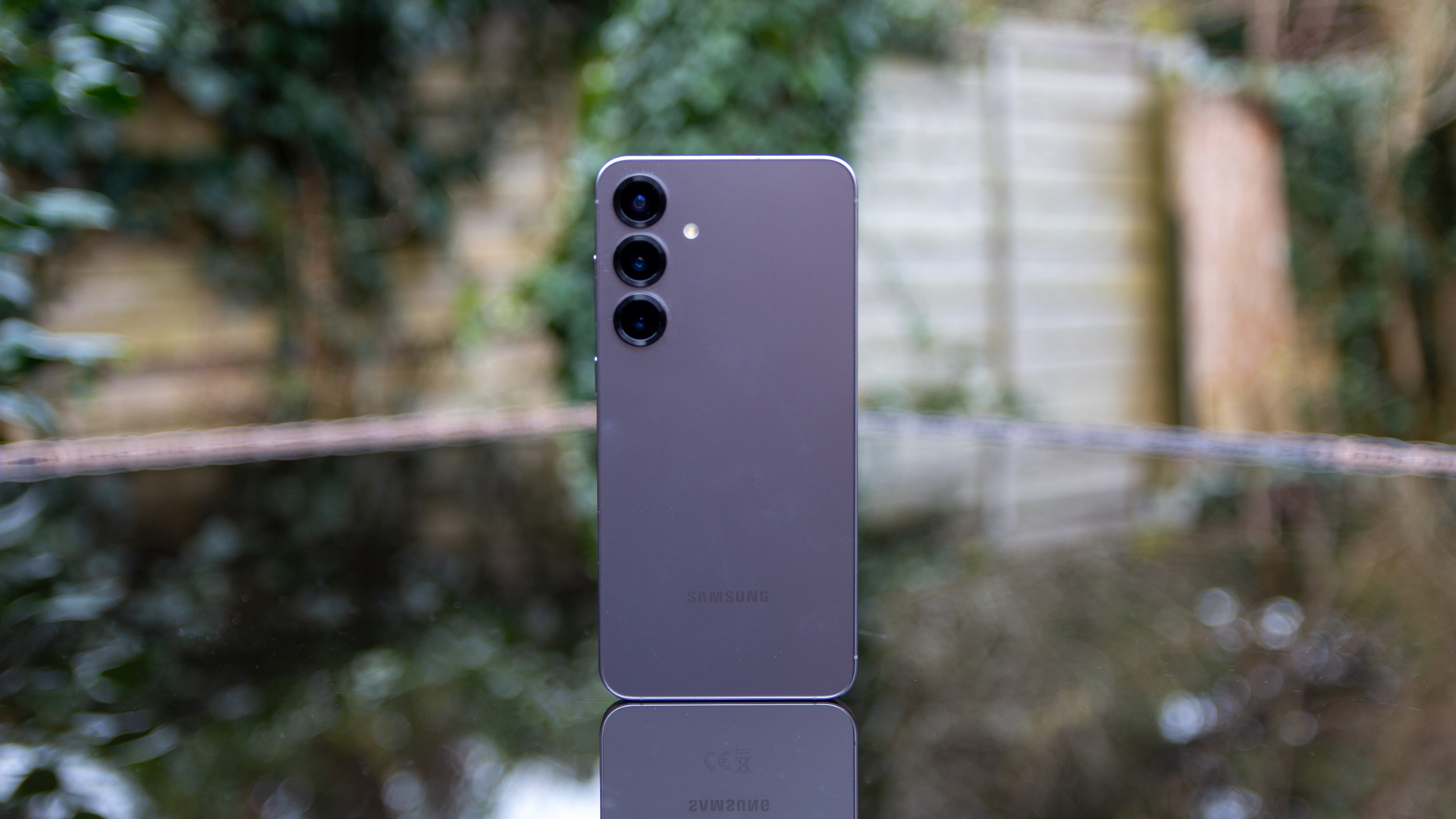
At this point a lot of people, will answer “not a lot”. That’s true, there isn’t a huge difference between these two phones, with the biggest change falling to the new Snapdragon hardware that powers it.
Beyond that, there are software changes, with the Galaxy S25 debuting One UI 7. That software hasn’t yet come to older Samsung phones – but there’s a chance that when it does, there will be few exclusive features left for the Galaxy S25 Plus.
There are some minor cosmetic changes, too, but nothing substantial, as the Galaxy S25 Plus looks much like the Galaxy S24 Plus.
Is the S25 Plus aluminium?
- Colours: Navy, Icy Blue, Silver Shadow, Mint
- Exclusives: Blue Black, Coral Red, Pink Gold
- 6.7in AMOLED, 3120 x 1440 pixels, 1-120Hz
- 158.4 x 75.8 x 7.3mm / 190g
- IP68 dust/water resistance
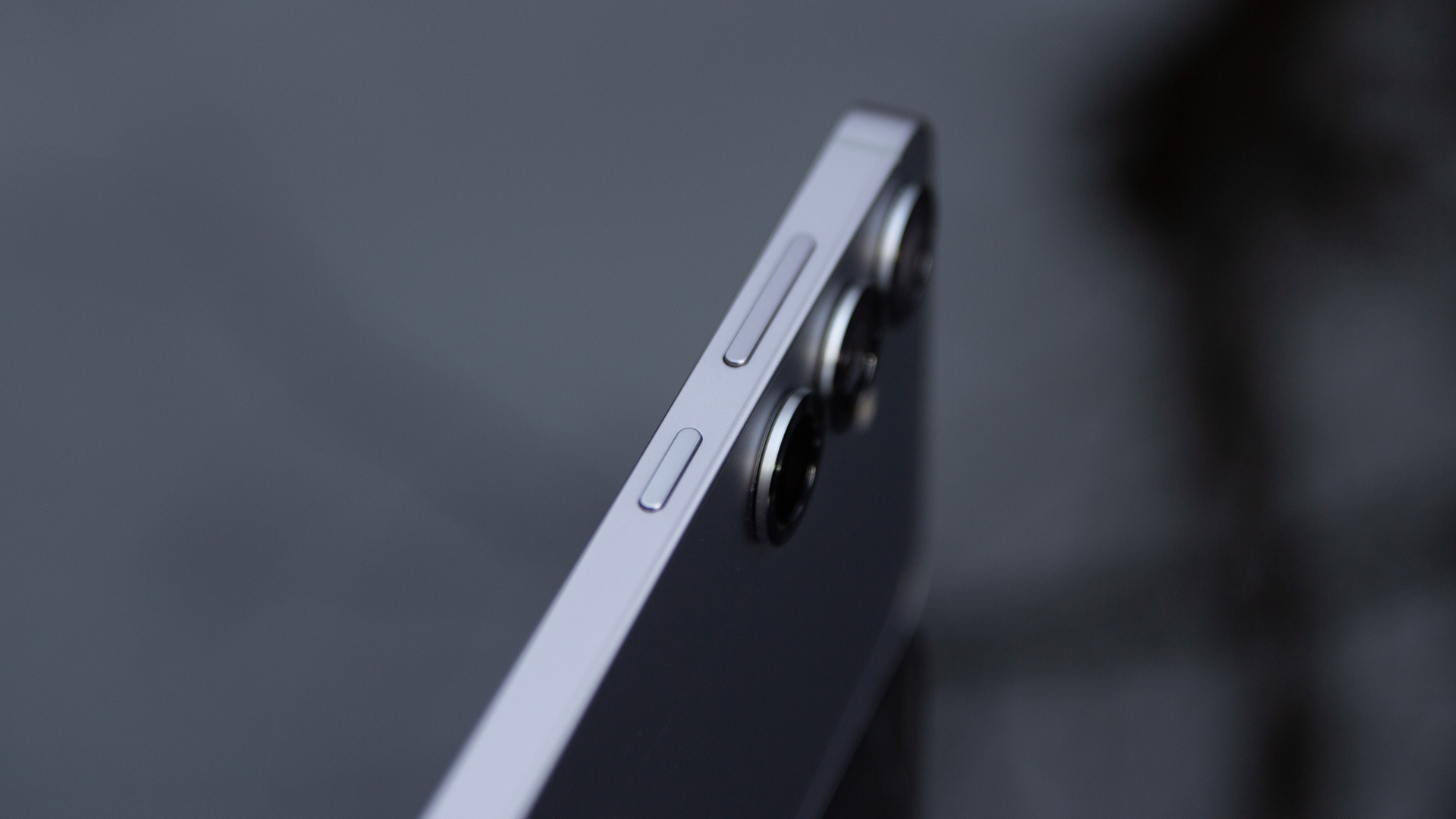
Glance at the Galaxy S25 Plus and you’ll struggle to see the differences to the previous phone. Both have a flat glass front and back, the metal edge carrying a flat design, like the iPhone and, well, every other phone out there. While the Galaxy S25 Ultra moved from squared corners to curved ones this year, the Galaxy S25 and S25 Plus were already there.
The phone is a little slimmer at 7.3mm and it’s lighter at 190g, but otherwise this 6.7-inch phone looks the same. Look closer and you’ll see that the rings around the camera lenses have been switched up for a slightly more sophisticated look. It’s very much the most minor of minor details and is purely aesthetic.
With all that said, this phone does feel slim compared to its rivals and it does beg the question of how much slimmer Samsung wants to go with the Galaxy S25 Edge – which was revealed as part of Samsung's Galaxy Unpacked 2025 event.
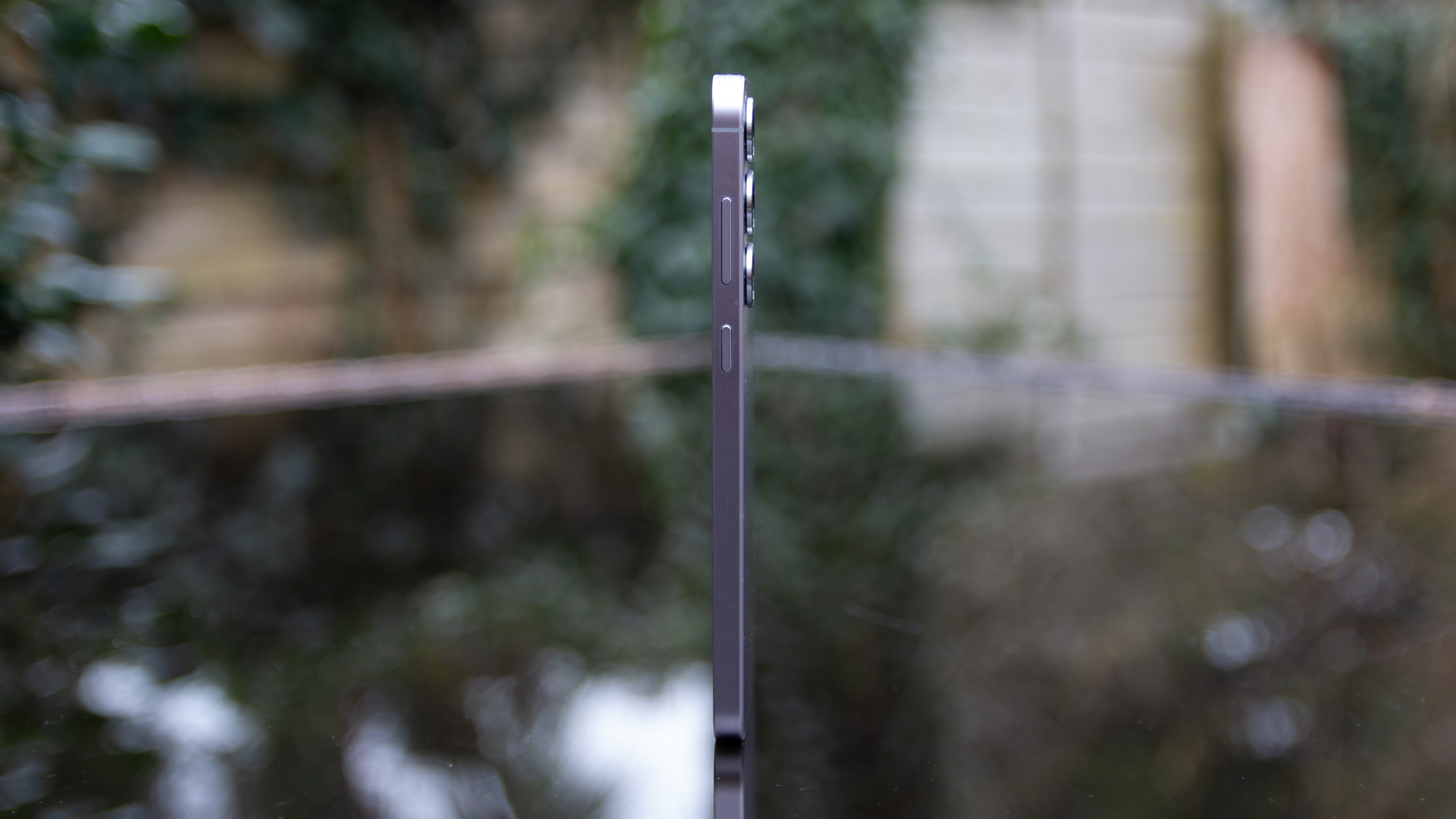
Testing the phone during a chilly February in the UK, I found the Galaxy S25 Plus to be a little slippery to hold. The size – plus the loss of the curved edges over the years – means there’s not much to grip into. Although you have Gorilla Glass Victus 2 front and back, I’d advise getting a case. There’s IP68 protection as you’d expect on a phone at this level, so it’s protected against dust and water.
The display isn’t a huge change from the last phone, with nice slim bezels and a punch-hole front camera. The resolution of 3120 x 1440 pixels is the same as before, as is the 1-120Hz adaptive refresh rate. The peak brightness runs up to 2,600 nits, again, a repeat performance.
If you’re looking for changes, you’ll find that Samsung is now talking about ProScaler technology. This is one area where the S25 Plus differs from the smaller Galaxy S25, which doesn’t have a higher-resolution display so doesn’t get this feature.
The idea is that lower-quality images and video are boosted in sharpness and colour to look better. There are no settings to control this feature and, if I’m honest, I don’t remember finding lower-quality content on Samsung’s older phones a problem. ProScaler is an AI-powered technology that’s carried over from Samsung’s TVs, but unlike the huge TV in your home, upscaling on smaller devices doesn’t have such an impact.
Putting that new tech to one side, what’s more reassuring about this display is that it’s rich and full of colour, something that Samsung is known for. All your content looks great, with impressive brightness at 2,600 nits peak – but note that other phones are now pushing beyond this. Regardless, HDR photos and video look great and outdoor visibility remains solid, so once again, it’s a great display experience.
Is the Galaxy S25 Plus as powerful at the Ultra?
- Snapdragon 8 Elite for Galaxy, 12GB RAM
- 4,900mAh battery, 45W charging (15W wireless)
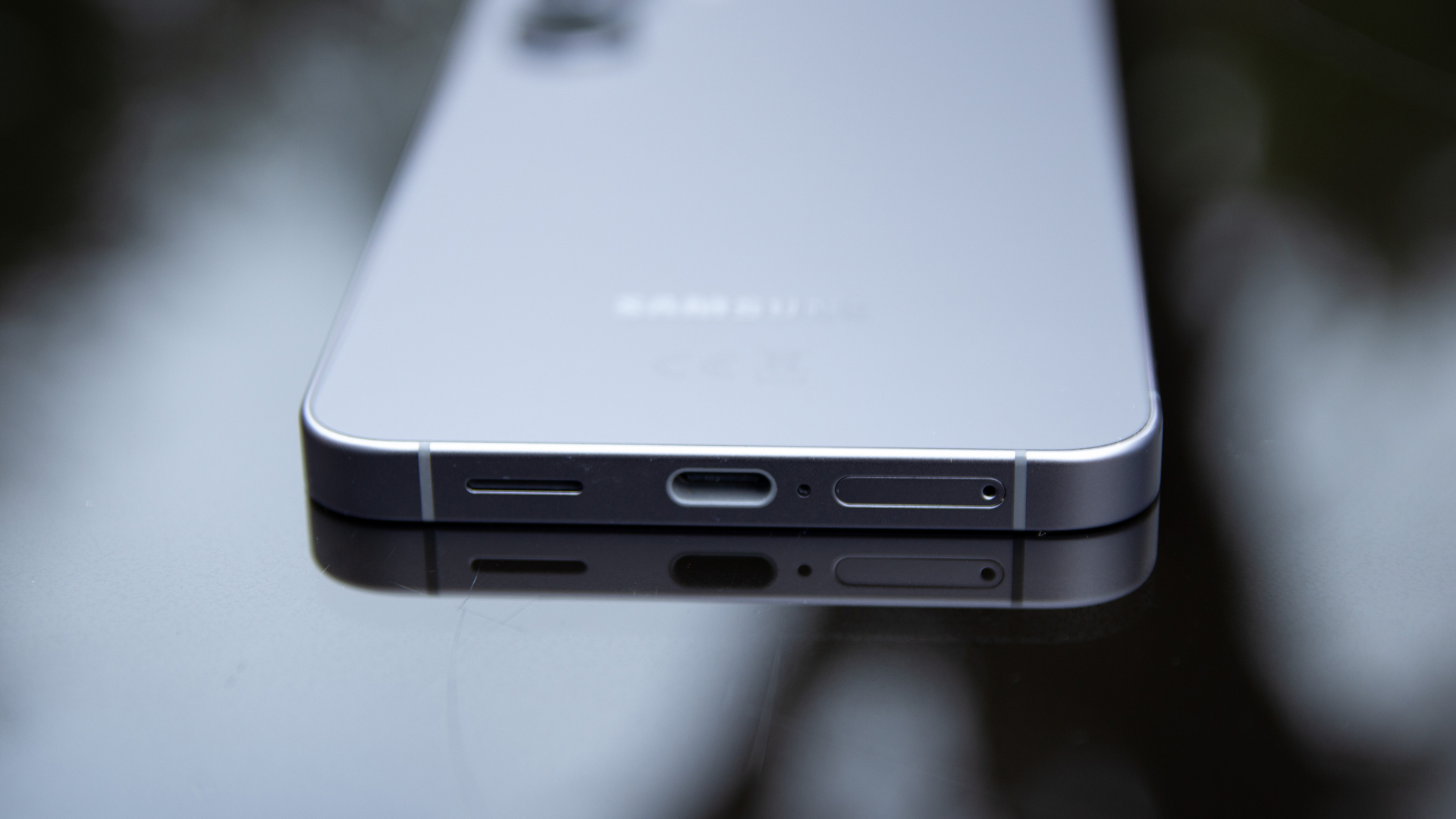
For 2025, Samsung has gone with Snapdragon hardware for all its S series flagships, avoiding the Exynos versus Snapdragon debate. The Galaxy S25 Plus comes with Snapdragon 8 Elite 'for Galaxy', meaning it's an overclocked chip specifically for Samsung – giving the Korean brand a small edge over some other brands that just have the regular hardware.
The difference compared to other devices is minimal – certainly not a big enough difference to choose a different phone – but it’s a big step over the Galaxy S24 Plus. In reality, this is the biggest reason to choose the Galaxy S25 over the Galaxy S24. Although the older phone ought to be the cheaper buy now that it's a year older, so you'll have to decide what matters most to you.
The S25 Plus' performance is great, however, with a lovely smooth daily experience when using this phone. It’s fast to open apps, games load quickly – and it’s every inch the flagship experience. The software has a great fluidity to it, a result of many years of refinement from Samsung.
There’s no change to the battery capacity of the Galaxy S25 Plus, with a 4,900mAh cell, and the battery performance remains good: I found that the handset would easily last through a typical day and half way through the next without charging overnight.
Where Samsung lags behind some of its rivals is with the unchanging charging speeds. Samsung is doggedly sticking to 45W wired charging and 15W wireless charging. Compared to something like the OnePlus 13 with 100W charging, if you’re caught short and need a quick charge, Samsung doesn’t offer the best experience any longer.
The flip side to that argument is that some of the biggest brands – Samsung, Apple, Google – are all sticking to slower charging, mostly to preserve battery health. With many more people using Samsung phones than OnePlus phones, you can understand why the company might prefer to play it safe on long-term battery health.
Is the S25's AI actually useful?
- Android 15 with 7 years of updates
- One UI 7 with Galaxy AI
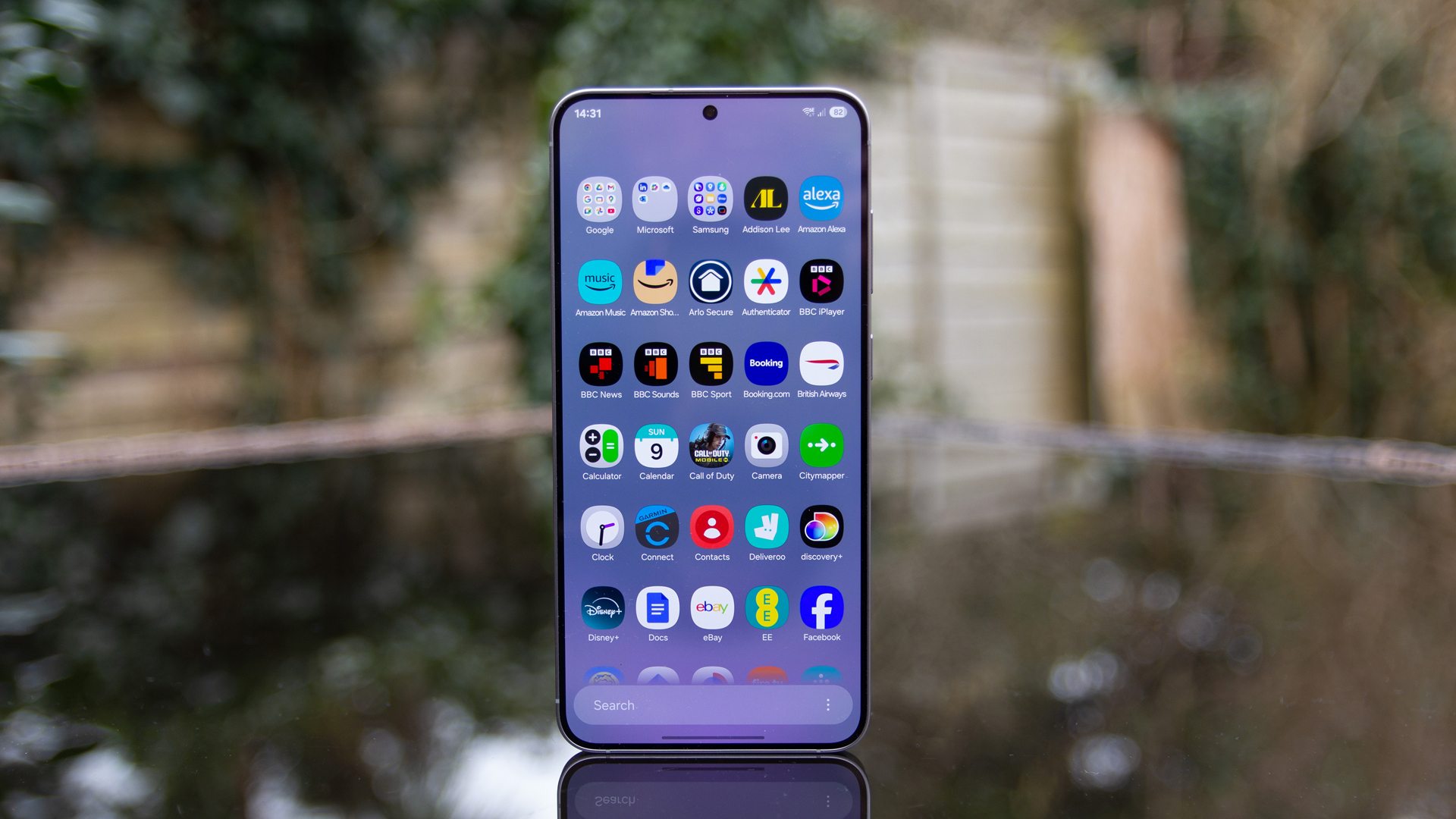
The Samsung Galaxy S25 Plus launched on Android 15 and comes with Samsung’s promise of 7-years of OS and security updates. This is currently the best you’ll find in Android, only matched by Google itself. That gives Samsung’s phones more appeal as they will be receiving updates for their usable life.
The Galaxy S25 Plus is also the debut device for One UI 7, the latest version of Samsung’s mobile experience. Above all other things, Samsung pushed the AI features as the newness, not just for this software, but for the phone as a whole.
Samsung phones have always been in something of a strange place, the biggest individual user of Android, but also keen to push its own apps and services. As always, The Galaxy S25 Plus is loaded with Samsung apps. While you’d be safe to ignore Samsung’s apps in preference of Google, Galaxy AI primarily leans on Samsung’s software.
For example, Galaxy AI lives in Samsung’s keyboard. If you want to use Samsung’s AI tools here, you have to use it. If you choose another keyboard, you don’t get access to the writing assistance that it offers. However, if you’re in Gmail, that Google app offers Google AI. The result is that you can be writing a message, with two different AI agents itching to help you with the tap of an icon, which feels a little messy.
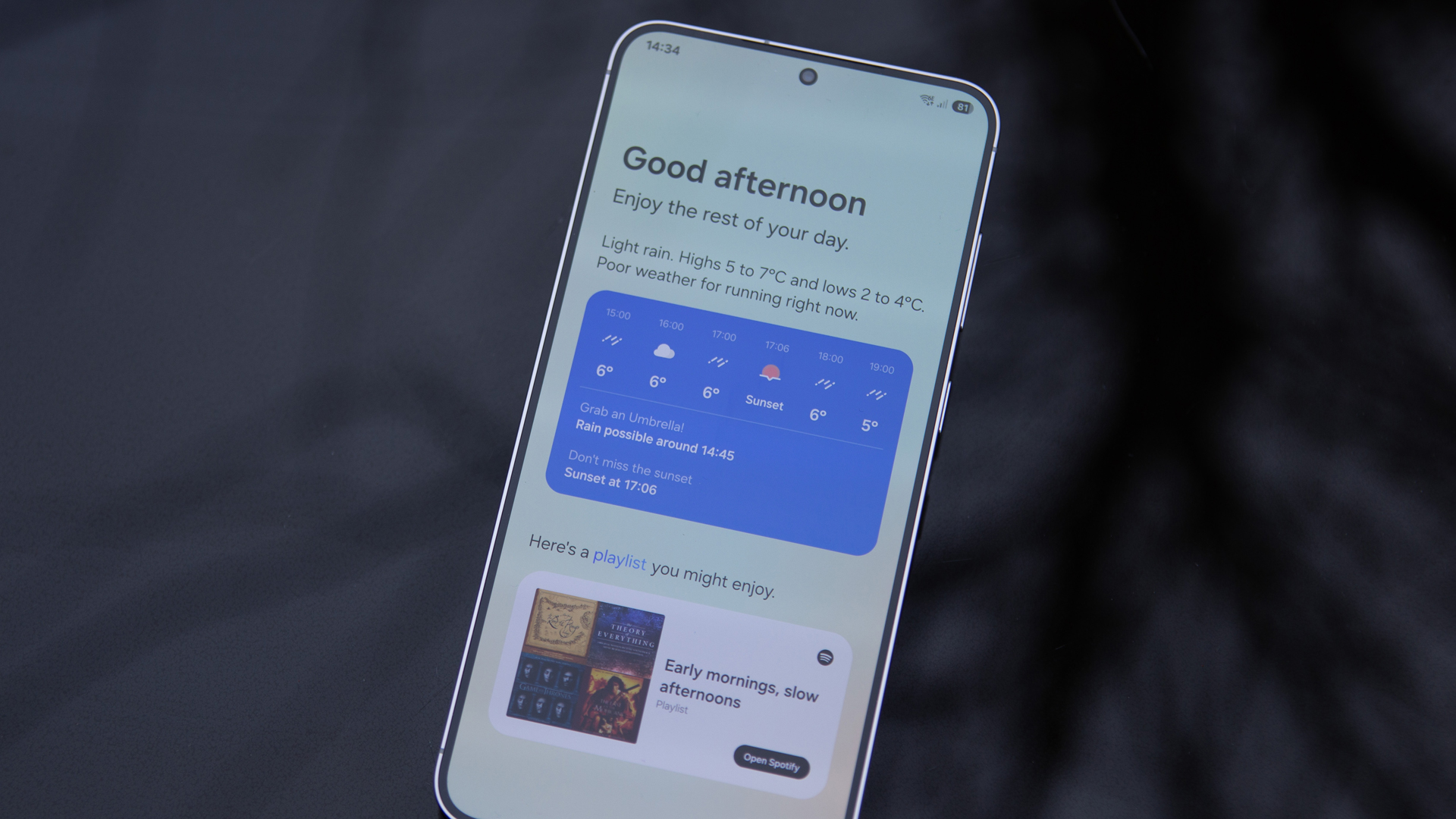
The most obvious new addition in the software is Now Briefing and Now Bar. The former aims to provide you with essential details about your day, changing as the day progresses. Whenever I open the Now Briefing I see the weather, my calendar, and a random playlist from Spotify (not one of my own), perhaps some of the photos I took from the day.
None of that is groundbreaking – it reminds me of Google Now from 2012 (the forebear of Google Assistant), which offered up suggestions based on user behaviour like search, as well as giving you information about upcoming travel and so on.
Now Bar, meanwhile, is a little more interesting as a lock screen information space. I found it offering me sports scores and Spotify controls which are handy, but a lock screen controller for Spotify is nothing new.
Then you have options to summarise and translate through Samsung’s apps, but nothing that feels new, nothing that’s game-changing from an AI point of view.
The problem with all this, is that Samsung is pushing the Galaxy S25 Plus as an AI phone. But the AI doesn’t really feel any different to any other phone on the market, and it’s not actually all that exciting.
Does Samsung have the best cameras?
- Main (23mm): 50-megapixel, f/1.8 aperture, optical stabilisation (OIS)
- Zoom (3x, 69mm): 10MP, f/2.4, OIS
- Wide (13mm): 12MP, f/2.2
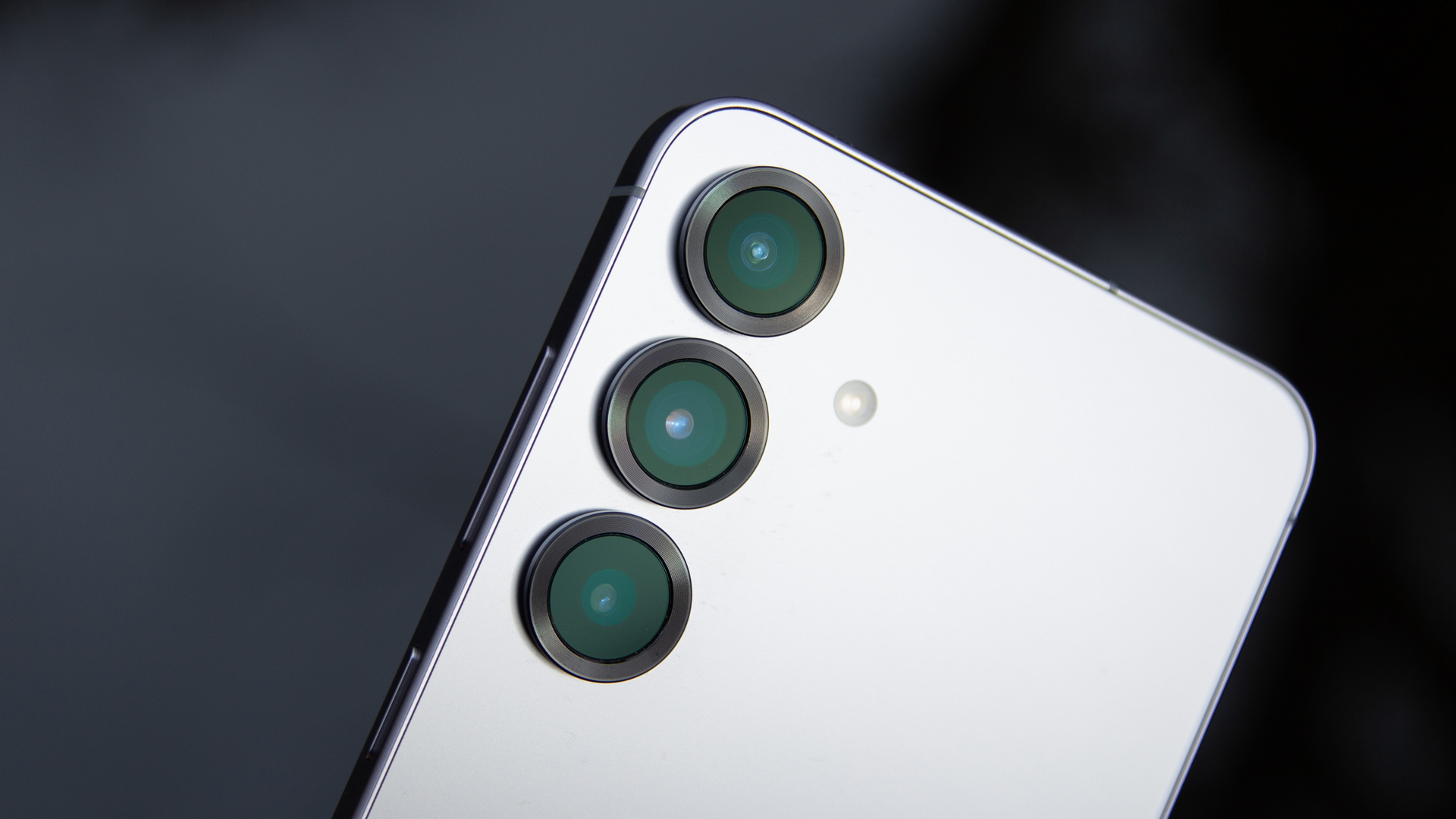
When I reviewed the Galaxy S24 Plus, I remarked that the camera experience was basically the same as the Galaxy S23 Plus. I’ll say the same thing of the Galaxy S25 Plus too: it’s the same again. Samsung has decided to use the same cameras on the back, so you have that 50-megapixel main camera, an ultra-wide and 3x optical telephoto, offering digital zoom out to 30x.
With no optical changes, any changes comes from the processing – and there doesn’t appear to be a huge difference here either. Samsung continues to offer a good camera experience, with three useful lenses, with behind-the-scenes processing from its “intelligent optimisation” and “scene optimiser”, the latter of which can bring that slightly-too-saturated look to skies and grass that Samsung is known for.
There are two sides to this: Samsung hasn’t made a big step forward in terms of quality, but then it didn’t need to. The Galaxy S25 Ultra remains the better camera system with that new ultra-wide lens with macro skills, plus greater telephoto options, but the Galaxy S25 Plus will likely please everyday users.

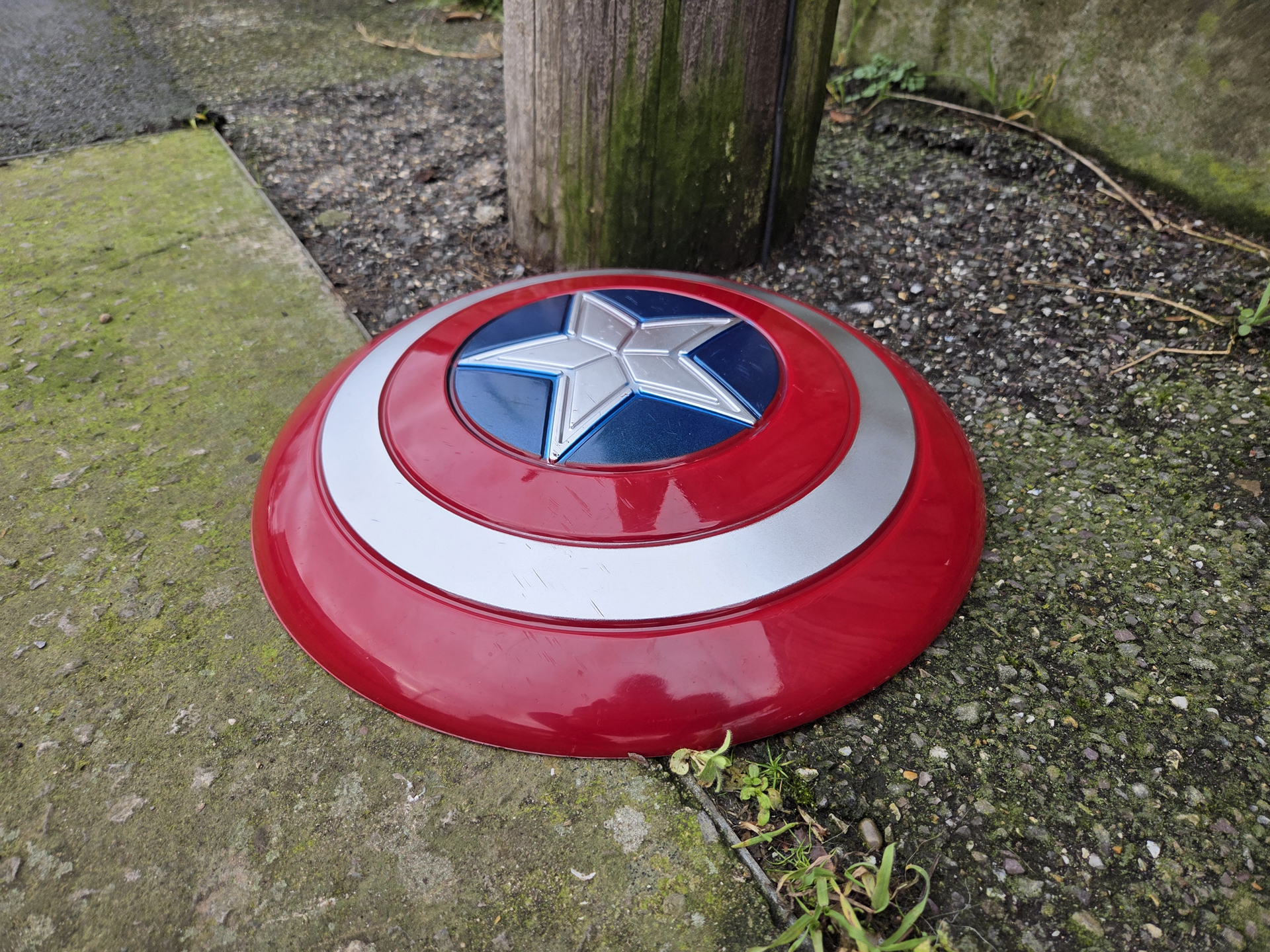




To make sure this isn’t just a carbon copy of an old camera, Samsung is now talking about its ProVisual engine. There’s the addition of some advanced features, like being able to shoot video in LOG and a virtual aperture so you can see the effects live on the screen, although I suspect that most people won’t dig too deep to find these elements (the latter is rather hidden in Expert Raw only).
As a point-and-shoot smartphone camera, the Galaxy S25 Plus performs well in all areas. It’s great in both good light and dim light, it keeps image noise under control in low-light conditions, where it also performs amicably too.
It might look like an older camera system, but I’m still going to be perfectly happy using it. At the same time, I still think the Pixel 9 Pro is a better performer.
Samsung Galaxy S25 Plus review: Verdict
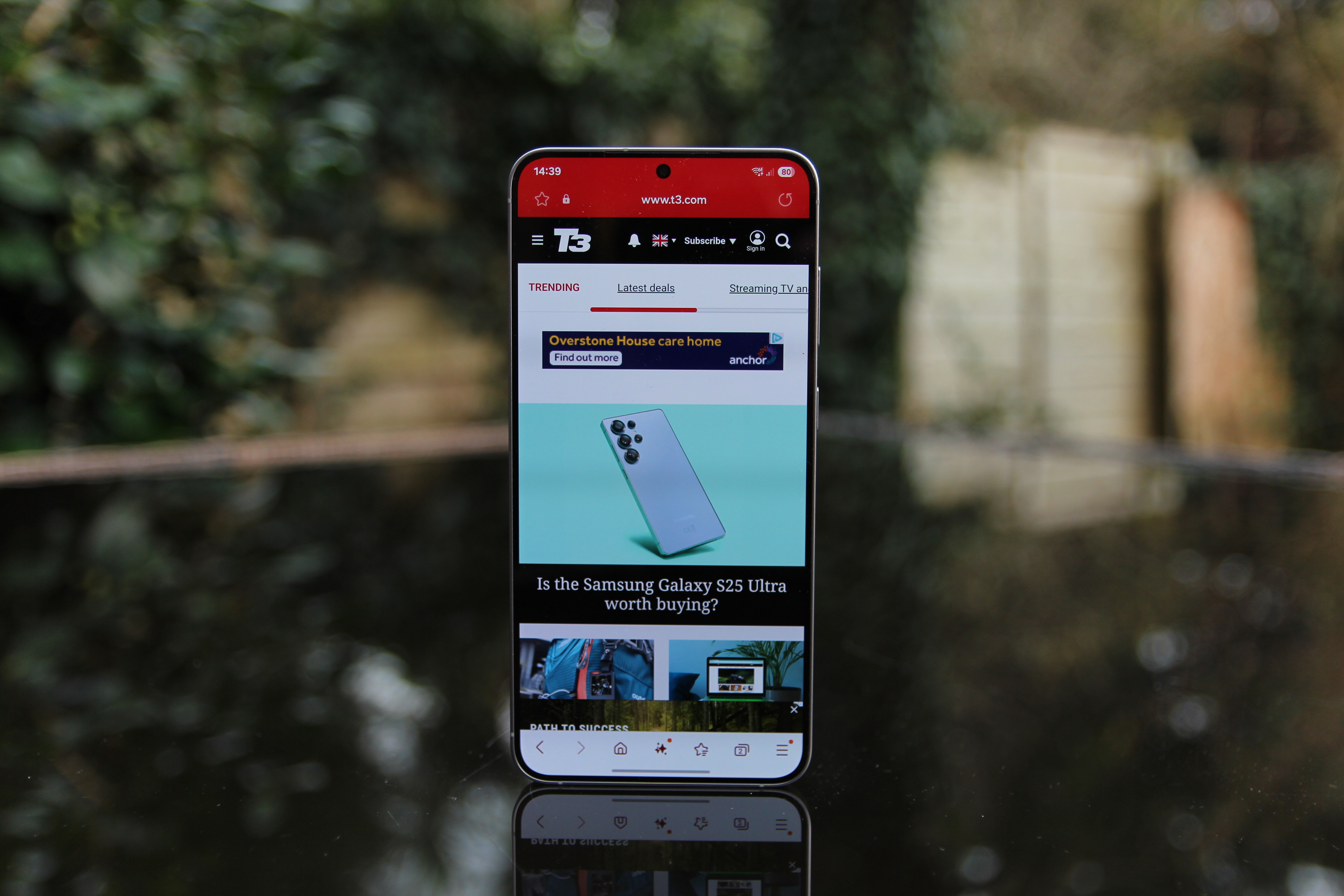
The Samsung Galaxy S25 Plus, on paper, doesn’t look like an exciting phone – simply because it's so similar to its predecessor. Once it’s in your pocket, however, it’s a better experience – showing off, once again, how well-oiled Samsung's flagship machine is.
In many ways, the Galaxy S25 Plus is actually more manageable than its S25 Ultra big brother, which might make it more attractive to some people. That also comes down to the good experience that Samsung offers with its phones, combined with a design and build that still feels great.
But ringing the AI bell repeatedly isn’t necessarily the answer to everything. The AI features add little to the S25 Plus' daily experience, while the duplication of those features from Samsung and Google feels like it's cluttering the phone up.
Overall, then, my advice would be to buy the Galaxy S25 Plus because it’s a great phone – ignore the AI oversell until it can actually do something more interesting. There's loads of power, good battery life, great results from the camera, and a solid software update path.
Also consider
The natural alternatives to the Samsung Galaxy S25 Plus are the OnePlus 13 and the Google Pixel 9 Pro.
The OnePlus 13 is a great phone, having lifted the camera experience in its latest guise. The design is a little excessive compared to Samsung’s sophistication, but OnePlus has an impressive flagship device.
The Pixel 9 Pro XL is the best comparison for the S25 Plus, but it’s a little more expensive, while the smaller Pixel 9 Pro comes in at the same price. The battery life isn’t as good on the Pixel phone, but the camera is better, while both offer 7 years of updates.
Sign up to the T3 newsletter for smarter living straight to your inbox
Get all the latest news, reviews, deals and buying guides on gorgeous tech, home and active products from the T3 experts
Chris has been writing about consumer tech for over 15 years. Formerly the Editor-in-Chief of Pocket-lint, he's covered just about every product launched, witnessed the birth of Android, the evolution of 5G, and the drive towards electric cars. You name it and Chris has written about it, driven it or reviewed it. Now working as a freelance technology expert, Chris' experience sees him covering all aspects of smartphones, smart homes and anything else connected. Chris has been published in titles as diverse as Computer Active and Autocar, and regularly appears on BBC News, BBC Radio, Sky, Monocle and Times Radio. He was once even on The Apprentice... but we don't talk about that.
You must confirm your public display name before commenting
Please logout and then login again, you will then be prompted to enter your display name.
-
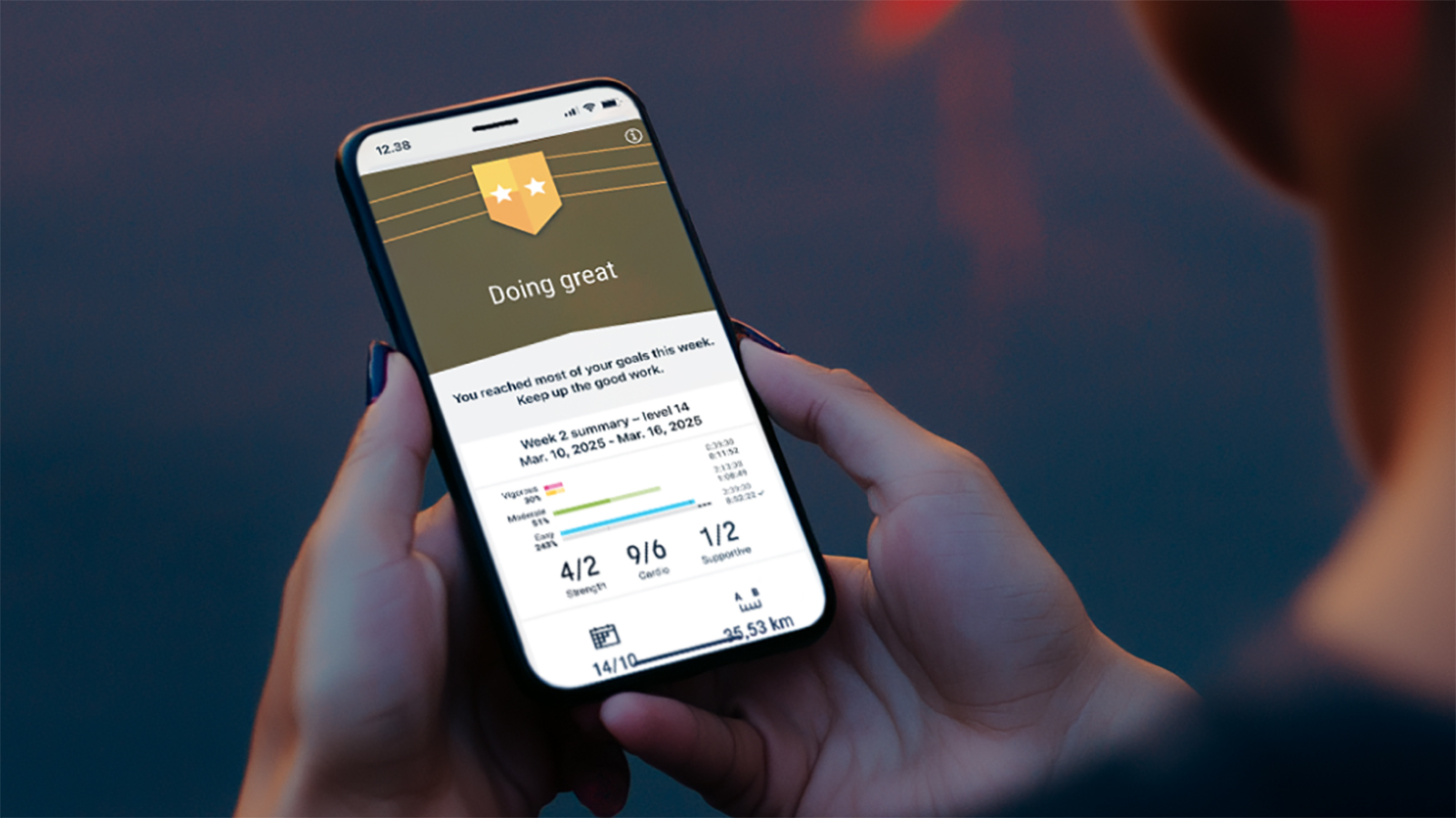 Polar’s new subscription feature lands in the shadow of Garmin’s Connect+ rollout
Polar’s new subscription feature lands in the shadow of Garmin’s Connect+ rolloutPR genius or timing disaster? Polar’s new Fitness Programme adds adaptive training to its ecosystem
By Matt Kollat Published
-
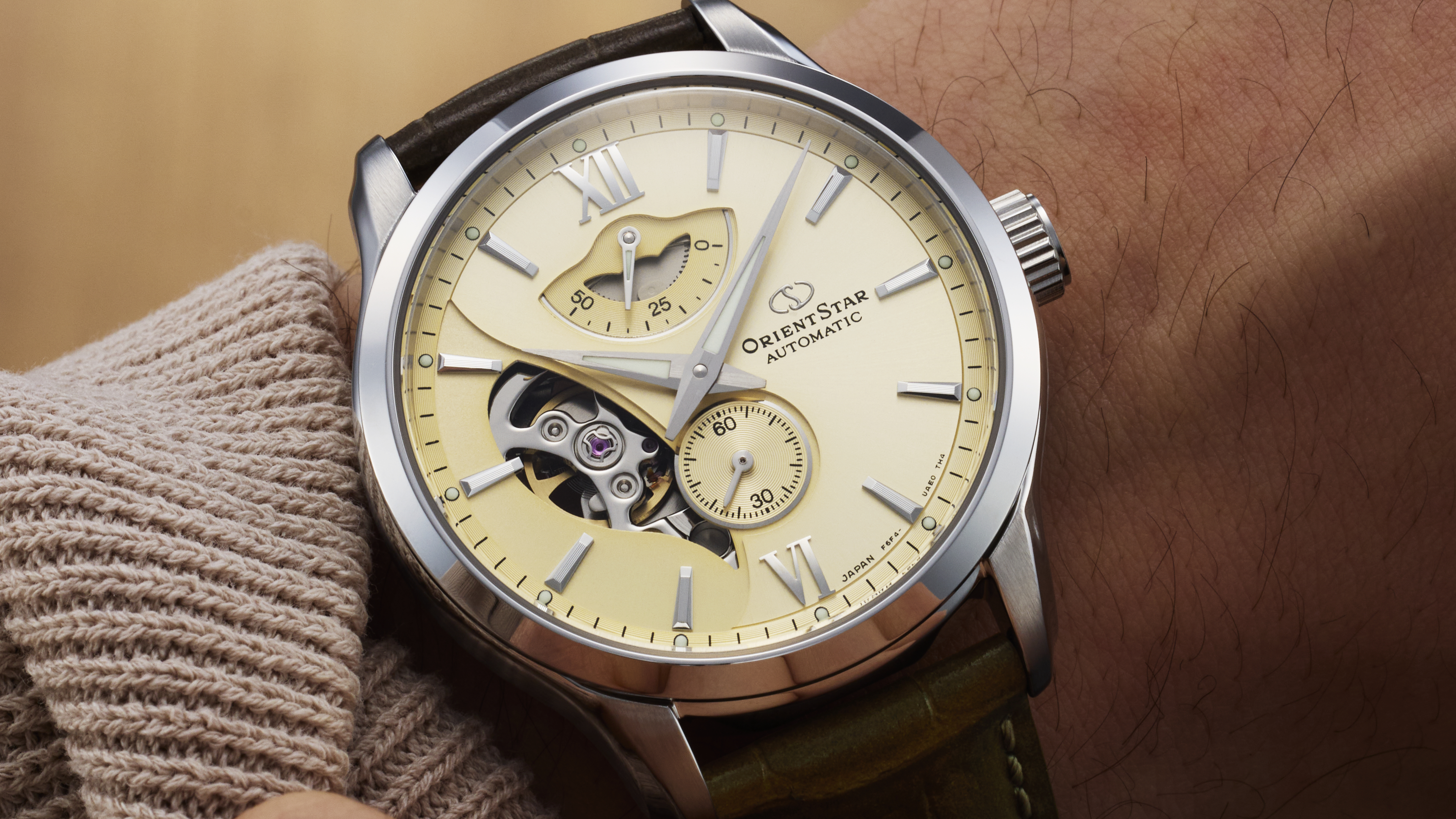 New Orient Star watches offer a glimpse of the magic within
New Orient Star watches offer a glimpse of the magic withinThere are two new skeleton pieces
By Sam Cross Published
-
 Netflix's most surprising 100%-rated sci-fi series returns with gorgeous trailer
Netflix's most surprising 100%-rated sci-fi series returns with gorgeous trailerLove Death + Robots is back for more
By Max Freeman-Mills Published